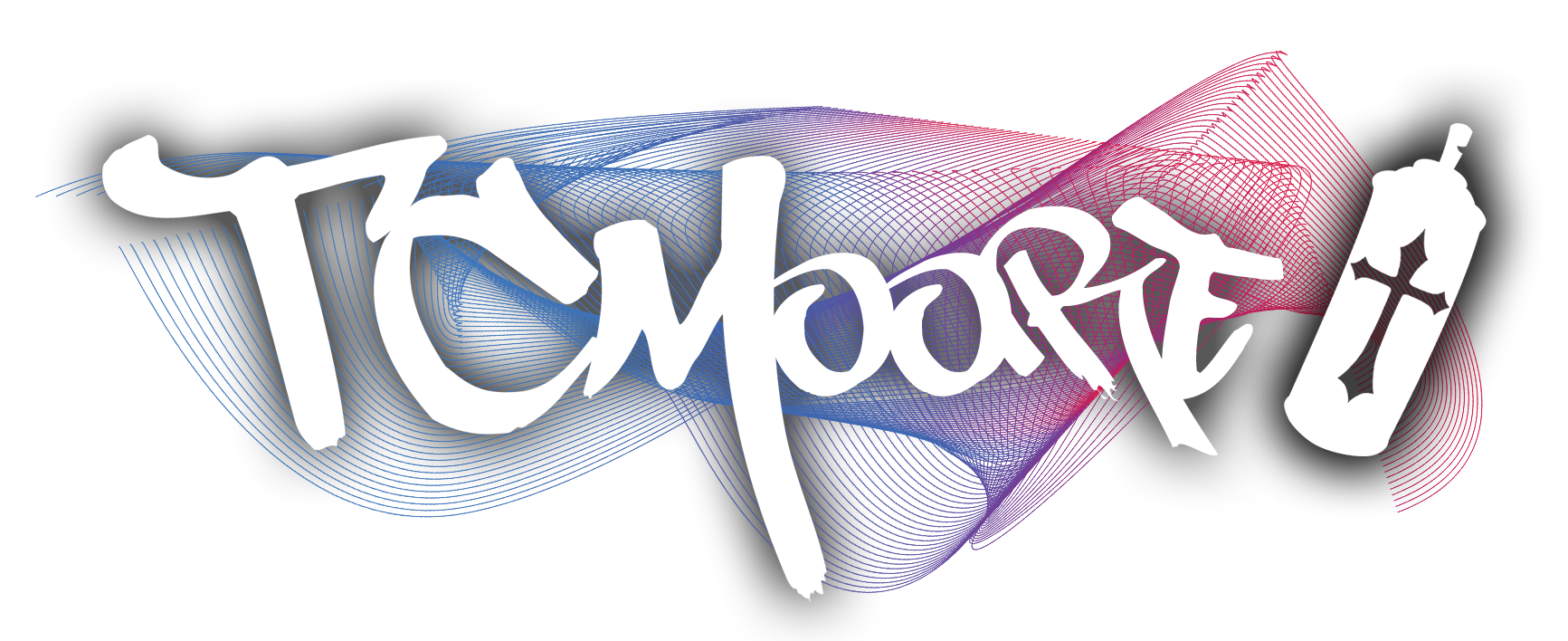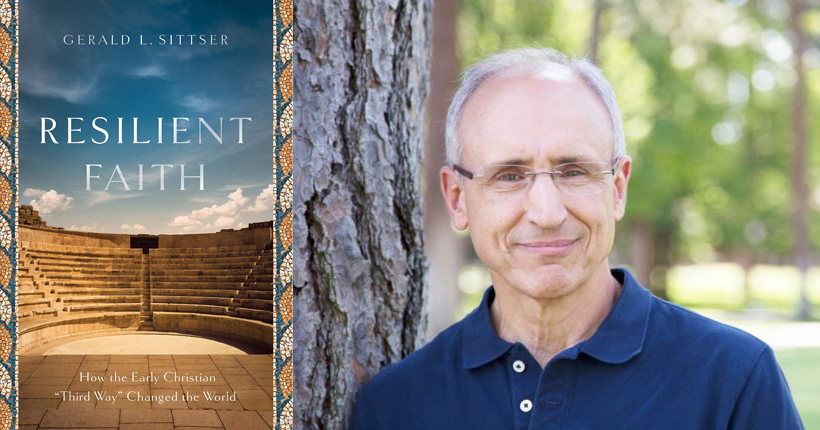What initially attracted me to Resilient Faith was a phrase from the subtitle: “Third Way.” As someone who has been influenced by the Neo-Anabaptist [1] movement, I identify with this term. What I didn’t expect to find was that the term had a much more ancient origin than the Radical Reformers of the sixteenth century. Gerald L. Sittser uses this term as the best modern English rendering of a phrase used in a second century writing called the Letter to Diognetus. Although I haven’t personally read the letter, some of the excerpts were already familiar to me. It refers to Christians as a third genos which Sittser wisely translates “Way” in keeping with modern notions about “race,” ethnicity, and with respect to how disciples of Jesus referred to their movement early on (e.g. Acts 9.2; 19.9, etc.). The Romans had their own way of life which, due to their dominion, they naturally presumed was first. Yet they gave Jews in the empire some level of respect to practice a second way. Christians, however, were a third way altogether which confounded both Romans and Jews. Resilient Faith is all about how this strange Third Way led to a global movement that endures to this day, the opposition it faced and continues to face, but also the lessons modern Western Christians can glean from this often neglected history. In Resilient Faith, Sittser has a way of making church history feel alive and pulsing with relevant power for the church today. This is the kind of book that Bible college and seminary students should be reading as they prepare for ministry.
We must look backward before we can move forward. The church has been around for some two thousand years. Surely it has something to teach us. We just might find models and movements that could guide us through the troubled times in which we live and provide historical analogues that could illuminate the pathway down which we should travel. (p.14)Resilient Faith fits well into a sub-genre of books that have proliferated in the U.S. within the last several decades, which are designed to help the church adapt to “Post-Christian” or “Post-Christendom” society. While Sittser certainly isn’t the first non-Anabaptist Christian author to also recognize the unholy marriage of church and state as a significant “shift” in not only the history of the West, but also in the church’s theology and practice, he nevertheless connects those dots in a way that didn’t feel like a “How To” book. I appreciated this a lot since I’ve grown weary of the hundreds of “Missional” books that all seem to sound the same. Yet Sittser isn’t entire non-prescriptive. He does see the early church’s example as a model for how the modern church can continue to faithfully witness to the Kingdom of God. The three chapters that were the most impactful for me were (6) Identity and Community; (7) Worship; and (8) Crossing to Safety.
Identity and Community
In chapter 6, Sittser uses two concepts which were contextual to the first-century Roman empire to show how the early Jesus movement was a contrast community: 1. Commonwealth (oikoumene); and 2. Family (oikos). I loved the analogy of the young, idealist teacher who works at a failing school. in the same way that this teacher’s creative and innovative new methods not only help them to connect to their students, this new way of teaching “rattles the administration and threatens some of the veteran teachers” (p.110). (If I had a dollar for every time this was my story…) The early Jesus movement embodied a different way of being in the world that subverted the Roman social structures. Rome only pretended to be a “commonwealth”; the early Christians actually were one.The oikos—the local house church—created a new kind of family. God ruled—and loved—as Father, which implied that all members, regardless of social status, were brothers and sisters. […] The new oikos thus began gradually to transform the older order, though never completely and perfectly. Unlike the Roman father, who ruled the household, even exercising the power to determine whether a newborn would live or die, the Christian faith was expected to serve. Unlike Roman women, whose primarily responsibility was to marry and produce male heirs, Christian women were encouraged to use their gifts in the church and were even allowed to remain single with no loss of social status. Unlike Roman children, who were assigned a subordinate status until becoming adults, Christian children were treated as disciples and welcomed in worship as full participants. (p.112)The take away here is not that modern churches should seek diversity—they’d all claim they already do. The primary take away here is that the early Jesus movement recognized unjust structural and systemic hierarchies in Roman society, subverted, and overcame them. The application is to find those that exist in our societies and do the same. The Kingdom of God is altogether different kind of Commonwealth forming an altogether different kind of Family.
Worship
Like other authors who’ve influenced me, including Eugene Peterson, Robert Webber, and James K.A. Smith, Sittser emphasizes the formative power of worship in the early Christian movement. The faith wasn’t transmitted purely by way of communicating information. No, the faith was grown in people through worship—the cumulative process of formation that happens when values are inculcated through meaningful practices which become habits which become ‘second nature.’ Sittser echoes leaders like N. T. Wright and Brian Zahnd who emphasize the power of worship to form us into the kind of community that seeks justice in society at large because we have embodied it in microcosm. But Sittser adds another brilliant dimension to this truth. Not only is worship a formative, communal process, it is also training for improvisational application in their everyday lives.Early Christians, living as cultural outsiders, learned how to be improvisational disciples among the Greco-Roman people who did not understand, nor always welcome, the new religion of Christianity. Christians never knew from one day to the next what circumstances they would face, what challenges awaited them. The cultural landscape in which they lived made little room for Christianity, largely because Christianity departed so dramatically from how religion functioned in antiquity. This setting required Christians to learn the art and skill of improvisation. It prepared them for the unexpected; it made them creative and resourceful; it equipped them to be effective witnesses in the Roman world. (p.119)Worship was the engine that produced this improvisation thrust. By immersing themselves in the story of God’s redemptive purposes culminating in Jesus, and by embodying that story through meaningful worship practices, the early disciples became a transformational force.
Crossing to Safety
The chapter that took me by surprise in this book was the ninth. Up to this point, I was quite familiar with the topics the author covers. But even the author acknowledges that the subject of the “catachumenate” snuck up on him, but the more he studied it, the more central it appeared to the growth and health of the early Jesus movement.…discipleship is not for a few special Christians but for all Christians, not an option but an expectation, not an addition to conversion but an essential feature of conversion. […] The church in turn created the catechumenate as an institutional bridge to help outsiders move from traditional religion to Christian faith. (p.157)This chapter inspired me to rethink my own approach to discipleship. What are the steps one takes to be initiated into the Christian commonwealth from the present Post-Christian milieu? What ways are disciples taught to live out in deconstruction of the present unjust hierarchies in society? These are good questions for readers to ask themselves too.
Recommendation
Resilient Faith isn’t just a book about church history, while it is that. It’s also a book about how the Jesus movement transformed the world and can continue to transform the world today. It’s the best kind of history—the kind that forms how we move forward. And it’s a book that prophetically challenges how the church has strayed from the Third Way Jesus birthed. “Christians became a nation within a nation, a new oikoumene that spanned the known world, crossing traditional cultural barriers. Their primary loyalty was to fellow believers, not to nation or race or tribe or party or class.” How different is the American church today, fractured as we are along every dividing wall society has built. Resilient Faith calls us to recover the subversive and beautiful character of the Jesus movement and we desperately need to heed that call. That’s why I heartily recommend this book.- There may not be a singular definition of “Neo-Anabaptist.” But books like The Naked Anabaptist by Stuart Murray and Anabaptist Essentials by Palmer Becker have demonstrated that there is a movement of people who don’t have historic ties to a particular Anabaptist church tradition (e.g. Mennonites, Brethren, etc.) yet nevertheless have convictions in line with the spirit of Anabaptism. This has been particularly evident since the 1960s when Anabaptist theology came more into the “mainstream” of Christian theology in the United States through figures like John Howard Yoder (cf. The Politics of Jesus, etc.) and others like him.


